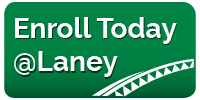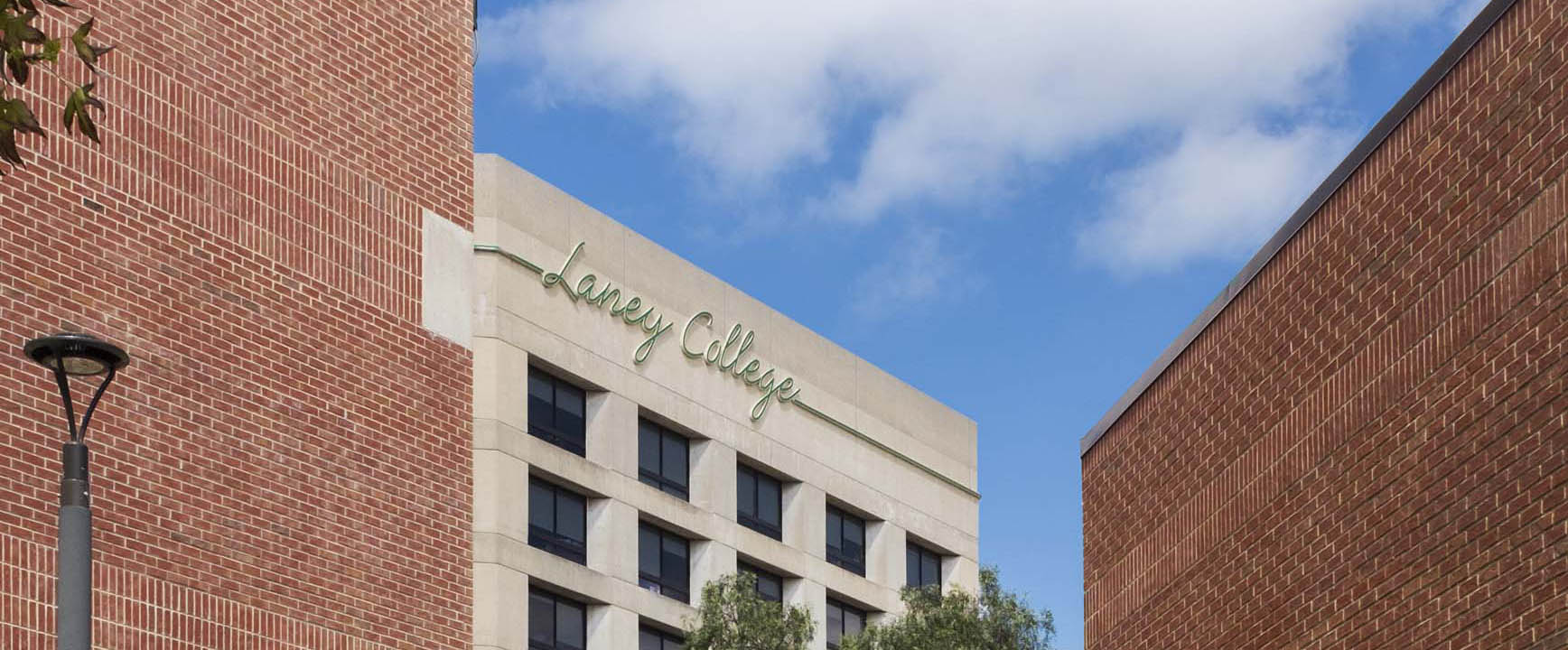Examples of Student Learning Outcomes (written by Laney College instructors)
| SLOs for Anthropology 3: Introduction to Cultural Anthropology
1. Describe the diversity of cultures in the world as well as cultural universals. 2. Apply holistic analysis to social phenomena. 3. Use a holistic perspective to teach others about a culture other than their own. 4. Analyze the relationship between the individual and the social group. 5. Display appreciation for the value of different cultures and awareness of what we learn from them. 6. Discuss the dynamic nature of culture and processes of culture change.
Student Learning Outcomes for Graphic Arts 20 – Production Art and Design Studio Upon satisfactory completion of this course the student will be able to: 1. Demonstrate fundamental sketching techniques and abilities. 2. Create visual sketches of a variety of fundamental graphic imaging techniques. 3. Utilize standard situational sequential problem solving techniques in developing creative graphic designs. 4. Prepare professional quality presentation art. 5. Deliver a verbal presentation of prepared design solutions to a group. 6. Produce a high quality student portfolio for design projects.
Journalism 55 / Introduction to Journalism 1. Write a news story in the proper inverted pyramid format. 2. Write a headline that conforms to standard newspaper specifications with proper verb tense and voice. 3. Design a front page for a tabloid size newspaper. 4. Write a feature story that conforms to AP newspaper style and is appropriate for a daily newspaper. 5. Explain the basics of media law and use these principles when writing newspaper articles.
Spanish 30A – Beginning Conversational Spanish 1. Recognize the Spanish sound system. 2. Have simple conversations with others in Spanish. 3. Recognize and use basic Spanish grammar and common expressions. 4. Respond appropriately to questions in Spanish.
Labor Studies 12 – Collective Bargaining 1. Apply collective bargaining theories from both management and labor perspectives. 2. Analyze and apply the principles of collective bargaining and labor law during negotiations. 3. Utilize negotiation skills in labor and employer relations.
ESL Grammar 1 and 2 Student Learning Outcomes STUDENTS WILL BE ABLE TO: 1. Demonstrate correct basic grammar usage in controlled situations, in both oral and written communication. 2. Recognize and correct basic grammar errors in simple sentences. 3. Understand and follow oral and written directions. Also demonstrate basic aural comprehension by responding appropriately to spoken questions, statements and prompts. 4. Function as a productive member of a group by cooperating in interactive learning tasks. 5. Develop sound test-taking strategies and study skills. 6. Demonstrate responsibility for their own learning by seeking help from teachers and other students.
Student Learning Outcomes for Media 131, “Nonlinear Editing for the Broadcast Media: Final Cut Pro II.” Upon completion, students will be able to: 1. Organize and produce an editing project from conception to final output to videotape, disk, or the Web. 2. Demonstrate proficiency in Final Cut Pro 5 basic editing and special effects techniques. 3. Generate animated titles using LiveType. 4. Demonstrate an understanding of editing aesthetics and the conventions underlying current industry practice, as evidenced by their final project.
Chemistry 1A/1B Student Learning Outcomes 1. Solve quantitative chemistry problems and demonstrate reasoning clearly and completely. Integrate multiple ideas in the problem solving process. Check results to make sure they are physically reasonable. 2. Clearly explain qualitative chemical concepts and trends. 3. Describe, explain, and model chemical and physical processes at the molecular level in order to explain macroscopic properties. 4. Perform laboratory techniques correctly using appropriate safety procedures. 5. Analyze the results of laboratory experiments, evaluate sources of error, synthesize this information, and express it clearly in written laboratory reports. 6. Maintain a laboratory notebook according to standard scientific guidelines. 7. Design, construct, and interpret graphs accurately.
Physics Department SLOs 1. Explain and discuss both verbally and in written language the physics concepts listed in course content, as well as their relevance to everyday events and circumstances in a broad interdisciplinary context. 2. Use algebra, trigonometry, and calculus to set up mathematical descriptions of physical systems and to calculate measurable quantities that provide an understanding of the physical environment in terms of the concepts listed in the course content. 3. Set up laboratory equipment safely and efficiently, plan and carry out experimental procedures, identify possible sources of error, implement techniques that enhance precision, reduce and interpret data, and report verbally and in written language the experimental data, results, and assessment of reliability.
Arithmetic (Math 251) Student Learning Outcomes 1. Perform basic arithmetic operations. 2. Determine and interpret percents. 3. Convert units of measurement using proportions. 4. Solve introductory linear equations. 5. Solve application problems using formulas.
Intermediate Algebra (Math 203) Student Learning Outcomes 1. Solve algebraic equations and inequalities. 2. Examine and interpret the graphs of algebraic functions. 3. Solve systems of equations. 4. Solve application problems using algebraic functions. 5. Use modeling graphs to interpret and make predictions about real-world functions.
Machine Technology 1 Outcomes At the completion of this program, you will be able to do the following: 1. Demonstrate basic shop safety and safe attitudes in all class activities. 2. Analyze engineering drawings and blueprints ot determine part feature size, location, tolerance, and relationships. 3. Use precision measuring tools to manufacture and inspect parts to required specifications. 4. Calculate proper speeds and feeds based on machine operation, conditions, materials, and tooling. 5. Determine dimensions necessary to perform secondary operations such as threading, counterboring, countersinking, and tapping through calculation and use of research materials. 6. Develop a plan of operations to manufacture required parts to specification using the drill press, lathe, and vertical mill. 7. Demonstrate the safe setup and operation of the drill press, lathe, and vertical mill in a manner that efficiently produces the required part to the necessary specifications. |



